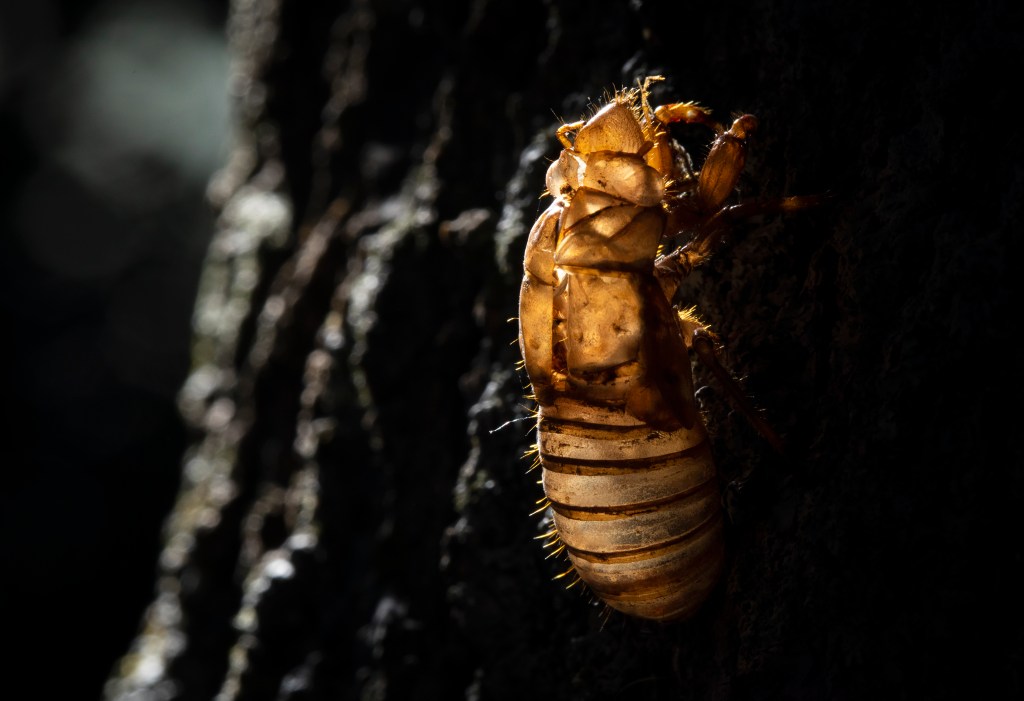“Cicadageddon” is beginning to unfold as more than a trillion cicadas emerge from the ground and occupy 17 states across the Midwest and South. Unlike other years, this season will be unique as two broods will simultaneously rise from the soil — the first time they’ve appeared together since Thomas Jefferson was president.
While the insects may have a frightening appearance, and their high-pitch buzz may scare some children, cicadas are a natural part of our ecosystem. So while Americans work to mitigate cruelty to animals such as dogs, cats and horses, cicadas should get the same treatment.
Like every animal on earth, cicadas play a vital role in our ecosystem. For starters, cicada broods burrow underground for 13 or 17 years before emerging — an evolutionary tactic evolved to outsmart predators from adapting to their emergence. When the insects burrow and tunnel, the soil becomes aerated, allowing air, water and nutrients to enrich the roots of surrounding plants and fauna.
Unlike their decadelong hiatus underground, cicadas’ life spans above the surface are much shorter — only lasting up to five weeks. During this time, female cicadas lay hundreds of eggs in tree branches, from which the newborn nymphs will drop to the ground and burrow, beginning the next cycle. This process nourishes many species of trees and allows them to produce more flowers and fruit the following year.
After their short-lived time above the surface, cicadas continue to benefit the environment — even after death. When adult cicadas pass away, their bodies provide an immense nutrient boost to the soil, stimulating vegetation growth and seed production — a major benefit to earth’s herbivores.
Beyond their physical role in our ecosystem, cicadas are a scientific marvel that can help advance our own knowledge and capabilities. For one, male cicada hordes emit a noise that can reach as high as 100 decibels when searching for a mate. They do so by vibrating a part of their exoskeleton, expending very little energy in the process — a behavior that intrigues modern scientists.
Meanwhile, microstructures that cover the wings of cicadas help to keep the insects dry by repelling water. Scientists are attempting to replicate this evolutionary wonder to use in human technology.
Countless examples show that cicadas are vital to our world and deserve protection. But while animal cruelty is unacceptable to most, it remains far too common. Earlier this year, a Wyoming man injured a wolf with his snowmobile and paraded the animal around a bar before shooting it. Weeks later, another man in Alabama was charged for hanging a dog from a tree and beating it.
Fortunately, some states — including Arizona, New York and Kentucky — are taking proactive steps to further restrict animal abuse or enforce harsher punishments for those found liable. And while these measures are a fantastic step in the right direction, animal lovers must be reminded that all animals — whether in human care or out in the wild — deserve equal, humane treatment.
As this year’s “Cicadageddon” arrives, it’s particularly important that children be reminded of the role the insects play in our environment. Parents should teach curious children that cicadas are harmless and should not be killed, trapped or removed. Unlike popular Hollywood films such as “Arachnophobia,” the insects are not here to stay.
Animals of all kinds — even if they aren’t cute, fluffy or big — deserve to be treated with respect. As trillions of cicadas emerge from the ground and take flight across the Midwest and South, let’s remember to treat them with the respect they deserve.
Robin Ganzert is president and CEO of American Humane, the country’s first national humane organization. She is the author of “Mission Metamorphosis: Leadership for a Humane World.”
Submit a letter, of no more than 400 words, to the editor here or email letters@chicagotribune.com.


